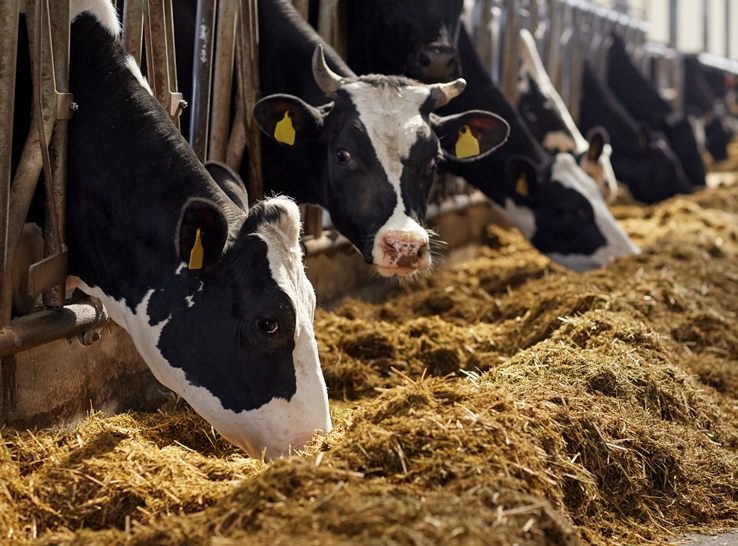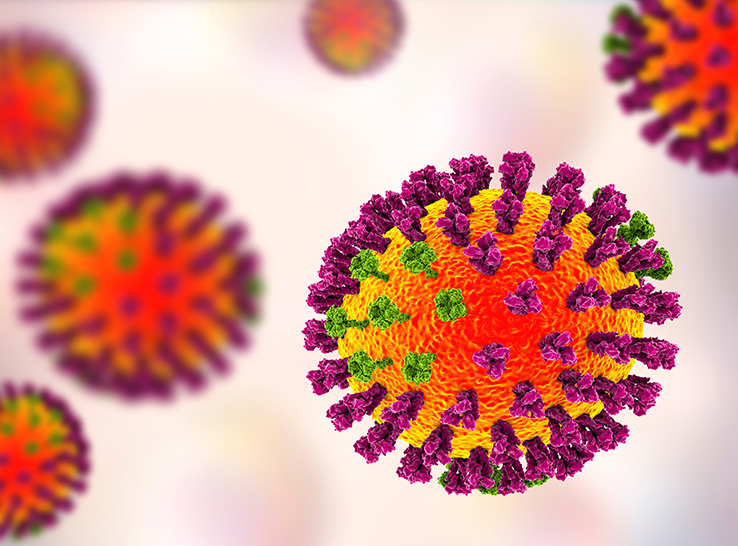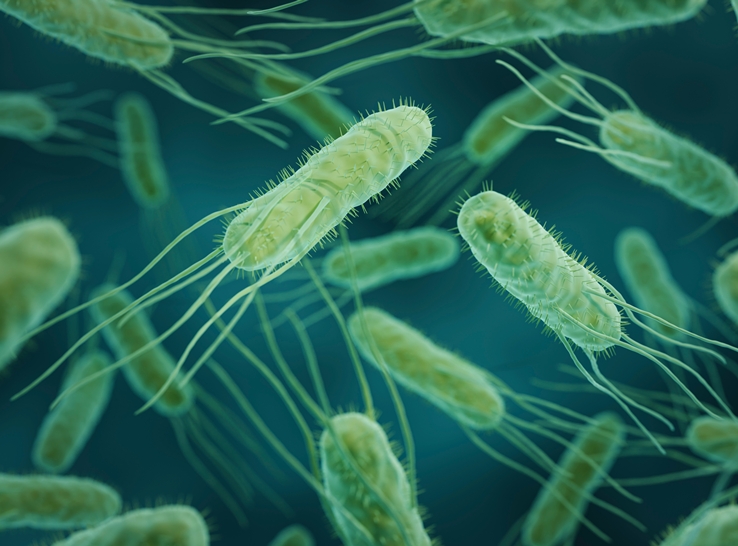Avian influenza outbreaks in the US are rare but, when the virus strikes, the results are devastating.
The disease spreads rapidly, forcing producers to rely on quarantine-and-cull to limit the damage. A 2015 outbreak in the US led to an estimated loss of more than 48 million birds.
While there are vaccines to prevent avian influenza, it would be very challenging to administer them to entire flocks. Adding to the problem, the current vaccines are made with mineral-oil emulsion, which works as an “adjuvant” to help boost a bird’s immune response to the vaccine. Unfortunately, mineral-oil emulsion also leads to inflammation at the injection site.
A study published in the Journal of Applied Poultry Research explores alternative adjuvants that may make avian influenza vaccines safer.
The researchers also investigated the effectiveness of different administration strategies, including giving both broiler chickens and layer hens the vaccine via their drinking water.
Adjuvant alternatives
The scientists found that both adjuvant alternatives, called mannosylated chitosan adjuvant (MCA) and recombinant Bacillus construct adjuvant (BCA), can protect broilers and layers, though MCA seems more promising overall.
“The effective use of MCA, and to most extent BCA, as an equivalent alternative for oil-based adjuvants was successfully shown in these studies,” write the study leaders. “These adjuvants are equally immunogenic to mineral oil in both broilers and layers trials.”
The research also shows that subcutaneous injection, followed by a vaccine boost via injection or via drinking water, provides the best protection against avian influenza. This means large flocks would still need injections, rather than administration via water or sprays, if given vaccines with MCA or BCA.
Previous research had suggested that MCA (derived from shellfish) and BCA (derived from bacteria) could make promising vaccine adjuvants.
MCA has been shown to reduce disease-related effects when given in feed to swine and poultry. BCA has been shown to help stimulate the immune system and has the added advantage of making vaccine production cheaper.
More experiments
The scientists compared these adjuvant alternatives in two experiments that measured antibody levels in birds following different strategies of either subcutaneous or oral vaccine administration.
In a third experiment, layers were given the adjuvated vaccines and then presented with a highly pathogenic influenza challenge. The researchers saw 100% survival in groups that received the vaccines via subcutaneous injection, followed by a subcutaneous or oral vaccination boost. Yet in birds given just the oral prime and boost, there was no difference in survival from the unvaccinated control group.
This data came as a surprise because previous studies had put forward the idea that vaccines should work when given to flocks via drinking water. The drinking water method would put the vaccine in contact with the birds’ mucosal surfaces — along their respiratory and digestive tracts. Instead, the new study suggests that injections are still the most effective vaccination method.
Overall, the MCA-adjuvated vaccines showed the most benefit for both activating the immune system and protecting against avian influenza.
In fact, MCA performed as well as the mineral oil adjuvant. The researchers believe this is because the MCA adjuvant could induce innate immune pathways — the immune system’s first line of defense — which helped activate the adaptive immune system to effectively target the virus.
Looking ahead
Going forward, the researchers recommend further studies into how MCA and the immune system interact.
“Elucidating cell-mediated immunity mechanisms in chickens would help solidify MCA’s potential uses and advantages to the poultry industry, particularly in longer-lived birds such as breeders and layers,” they write.
The full paper, titled “Comparison of oil emulsion, mannosylated chitosan, and Bacillus vector adjuvants for vaccination against influenza in chickens,” published in the Journal of Applied Poultry Research, may be accessed here.
Editor’s note: Content on Modern Poultry’s Industry Insights pages is provided and/or commissioned by our sponsors, who assume full responsibility for its accuracy and compliance.








